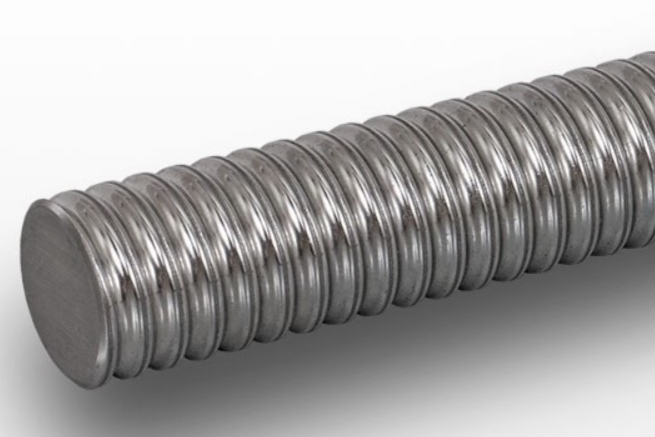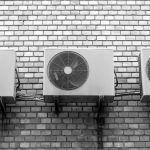A ball screw, originally called antifriction nut, is a type of mechanical device used for the conversion to linear motion from rotational motion.
Ball screws have a long-threaded shaft that has ball bearings to bear significant weight and stress while reducing friction at the same time. Typical ball screws have a nut and a screw. There are some helical indentions that are formed on the outer part of the unit and the screw alike to let the ball bearings roll in the middle of them. Every time ball screws rotate, ball bearings will travel to the return system prior to changing direction.
Rudolph G. Boehm invented ball screws during the late 1920s. Today’s ball screws are used in numerus manufacturing application such as machines, 3D printers, automobiles, airplanes, and even missiles.
If you have plans to use ball screws in the manufacturing applications of your company, however, it is important to know the benefits and drawbacks of using these devices.
Table of Contents
Differences of Ball Screws and Lead Screws
But before you proceed to learning the pros and cons of ball screws, first, you have to know what makes them different from lead screws. Basically, ball screws and lead screws look alike, and the only key difference is that former features ball bearings within the nut.
The nut in lead screws, on the other hand, doesn’t have any ball bearings and it doesn’t actively roll as well. Meanwhile, ball screws contain a nut where the ball bearings circulate to reduce friction and support the load.
Pros of Ball Screws
Ball screws provide improved levels of mechanical efficiency. It has been revealed that a ball screw is up to 90% efficient, which means that it can convert nine-tenths of the rotational motion of the application to linear motion.
Lead screws, on the other hand, only have 20% to 25% average mechanical efficiency. Based on the figures, it is safe to assume that ball screws are somewhere around three to four times more efficient in the conversion of mechanical energy compared to lead screws.
A ball screw also produces minimal friction. It is because ball screws have been designed with the nut where the ball bearings circulate. These ball bearings provide the screw with a smooth gliding surface that reduces friction and increases the life span of ball screws as a result.
Cons of Ball Screws
Probably the only downside when it comes to the use of ball screws is that these have the tendency to be back-driven. Due to the fact that they form very little friction, ball screws can get back-driven at some lead angles.
Aside from the possibility of getting back-driven, the ball screws are also a bit more expensive than the similar mechanical devices such as lead screws. If your manufacturing company is on a tight budget, this higher cost might deter you from using ball screws.
However, if you will consider the low internal friction and superior mechanical efficiency, ball screws are expected to continue to be the top option for manufacturers that want to improve the performance and quality of their products.
Posts from the same category:
- Trusted Experts for all your HVAC Needs in Monroe Michigan
- How To Create The Look You want With French Style Furniture
- Contractors for Shingle Roofing Dearborn Michigan
- Popular Kitchen Layouts You’ll Love to Try
- 24/7 Plumbers in Gross Ile Michigan
- California-Specific Water Saving Washers
- How to buy a proper bed






